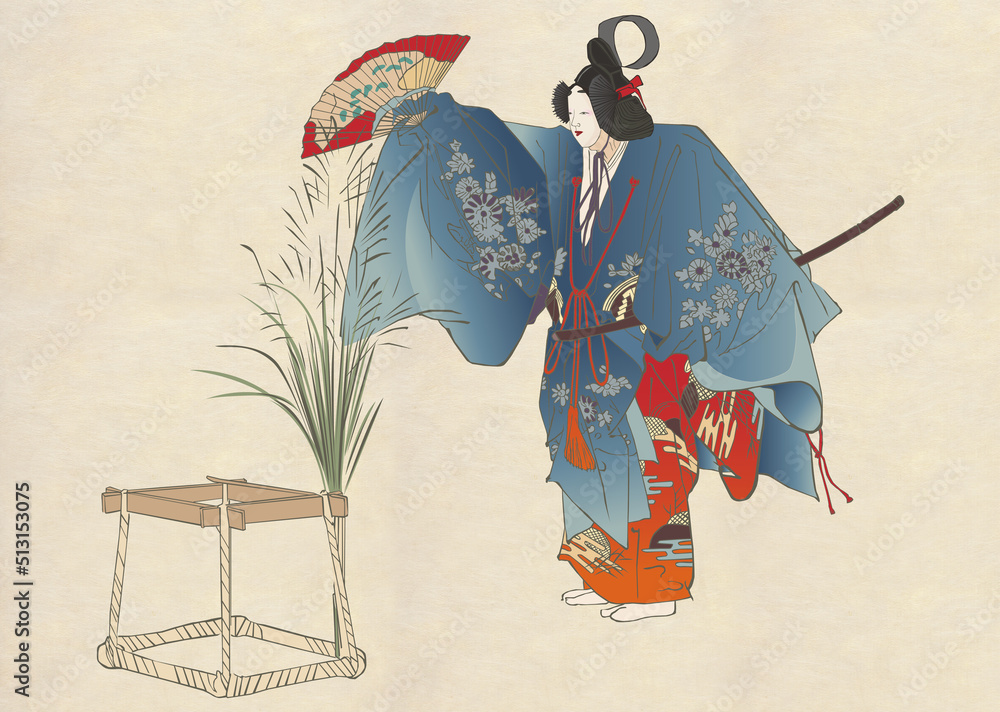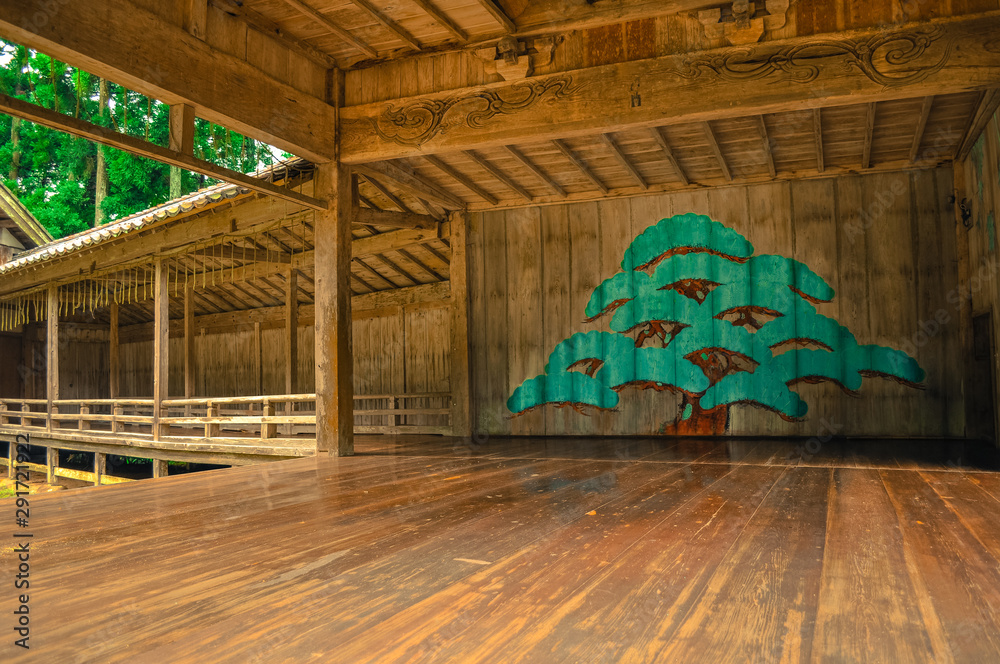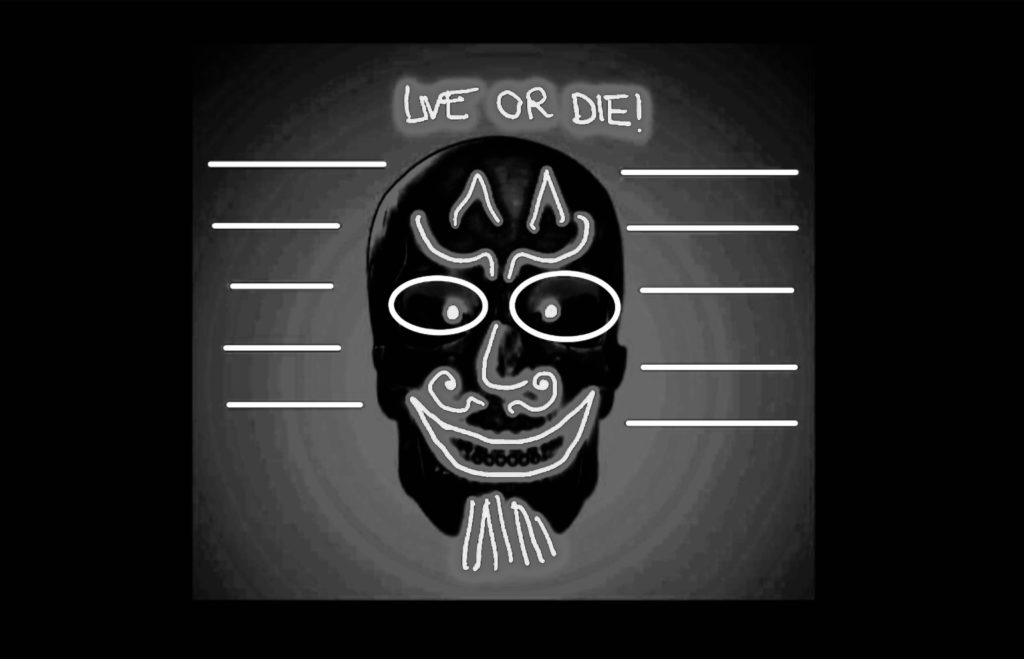
Let’s discover Japan on Metavers! Our first NFT Cyiptokozo Haru Collection is inspired by Japanese Hannya Mask which is used in Noh Theater ,established in 14th century by Kan-ami and his son, Ze-ami,. So why Noh is important for our community to discover Japanese hidden rituals?
Noh’s origin can be traced back to 8th century and the oldest school of Noh, Konparu can trace its history back to 6th century. Kan-ami (1333–1384) was the head of one of the Sarugaku performing troupes in the Muromachi period (14th to 16th centuries). Till 20th century, Noh theater was known as “Sarugaku”. Kan-ami had gained popularity as an outstanding actor, at the same time, he actively incorporated the features of local dancing and performing arts that were popular at the time. It was often performed outside.

With his son, Ze-ami , they turned the Ethnic Dance into a great art, and they composed pieces that is performed till this day. Noh accompanied Samurais to their battlefields, having been their favorite pastime. Samurai kings used to meditate and enjoy Noh performance the night before the war. Noh performing techniques is believed to have reached its peak during this Japanese big war time ,” Sengoku Jidai” between 14th and 17th century . Then Noh flourished to the artistic level during Era of Edo, 300 years without war, led by Tokugawa family.
What is extraordinary is that Zeami produced 21 critical documents about the principles of Noh, the most important aspects of theater, learning process, acting, music, and movement. They covered broader themes, rather philosophical such as how life should be lived. They were intended for a small circle of his troupes and such information was traditionally passed down between generations. He desired to ensure continued patronage for the troupe. I plan to write a blog about what he said in his writings and how an local actor has achieved such a level of sophistication.

Today, Noh is performed for entertainment inside Noh stage with a very minimalistic background as well as outside at Shinto Shrines or different locations. Most of other japanese traditional entertainments such as Kabuki and Japanese dancing often take the theme and stories from Noh. Unlike Kabuki and other traditional theater, Noh performances has no director. According to the established roles and rules by Kan-ami and Ze-ami, the actors themselves choose their masks and costumes adapted to their roles. Their movement on the stage is more symbolic than emotional, in front of minimalistic Background with one pine tree. Do you want to see how it is in real?

The next blog will be about different types of Masks and Hannya Mask.
23.07.2022 by IZU
references: http://www.kongou-net.com/index.html https://www2.ntj.jac.go.jp/unesco/noh/en/history/